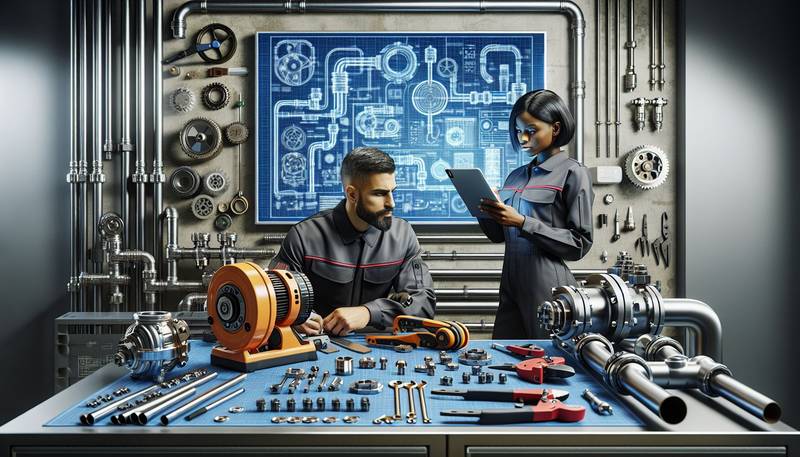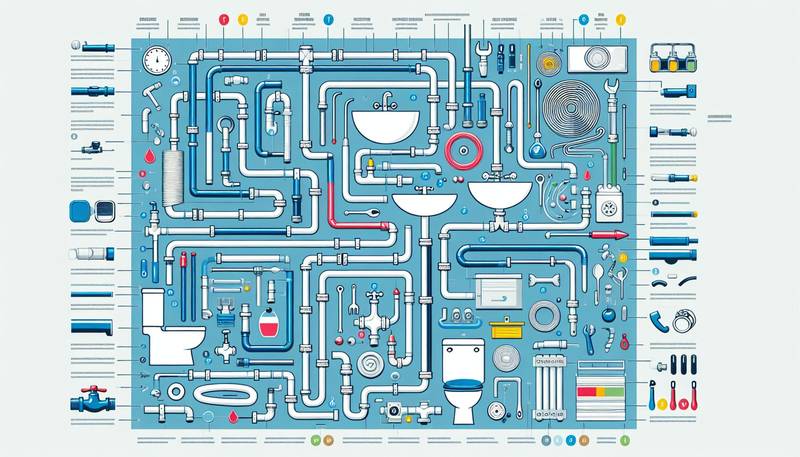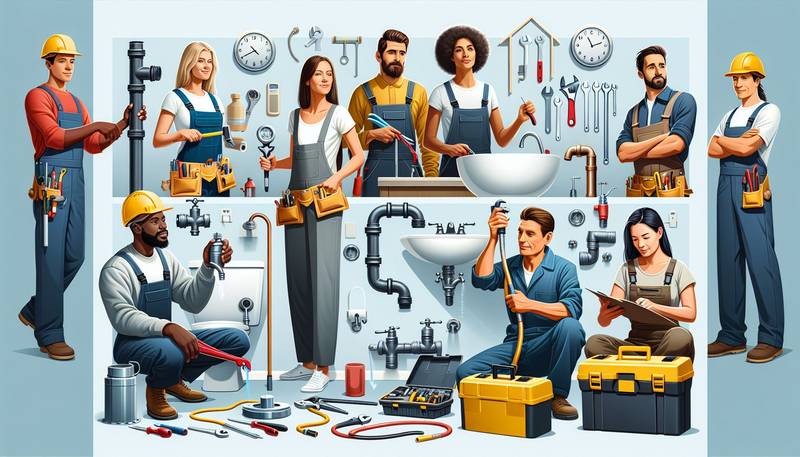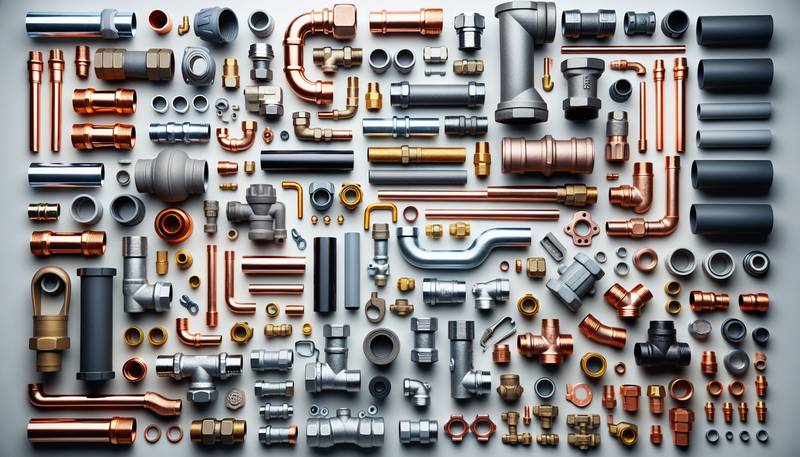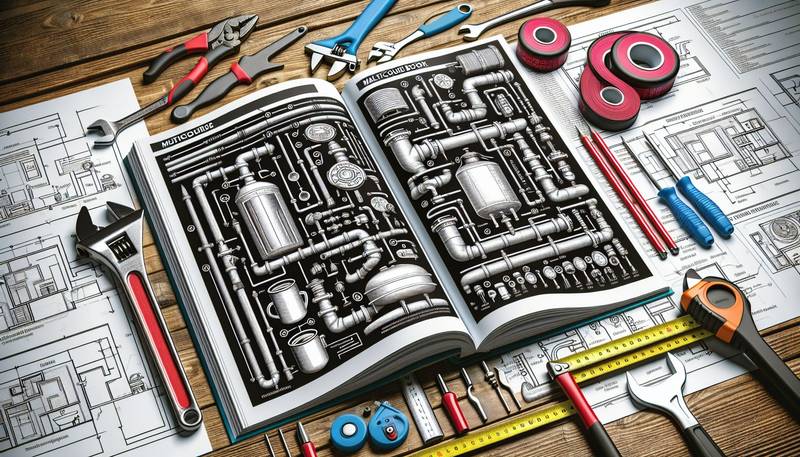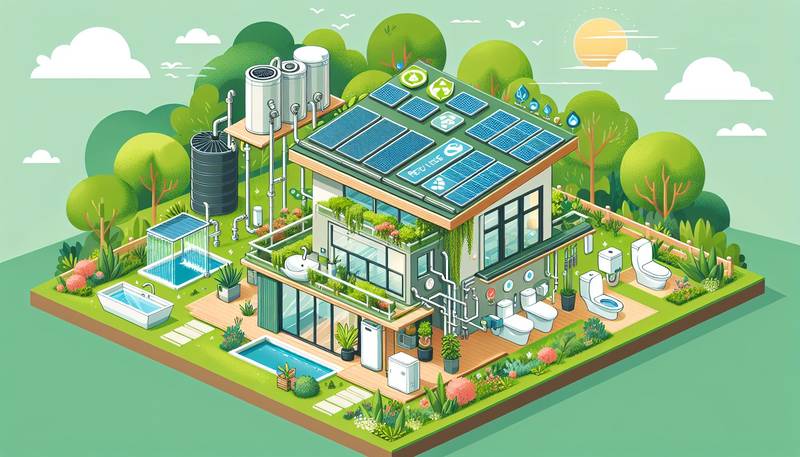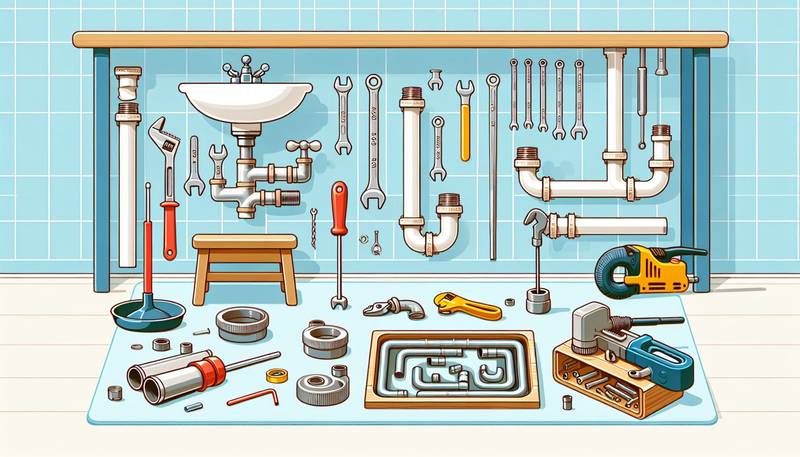Modern Plumbing Techniques for Today's Professionals
The Importance of Modern Plumbing Techniques
Modern plumbing techniques are crucial for ensuring the longevity and functionality of plumbing systems in residential, commercial, and industrial buildings. By staying up to date with the latest tools and methods, plumbing professionals can provide their clients with high-quality services that meet their needs and exceed their expectations. From installing new plumbing fixtures to repairing existing systems, modern plumbing techniques play a vital role in maintaining the integrity of a building's plumbing infrastructure.
Advanced Tools and Equipment
One of the key aspects of modern plumbing techniques is the use of advanced tools and equipment. From pipe cutters and wrenches to pipe cameras and leak detectors, today's plumbing professionals have access to a wide range of tools that make their work more efficient and precise. These tools allow them to quickly diagnose and repair issues with plumbing systems, saving time and money for their clients. Additionally, advances in materials such as PVC and PEX piping have made plumbing systems more durable and resistant to corrosion, ensuring long-lasting performance.
Sustainable Practices
In recent years, sustainability has become a major focus in the plumbing industry. Modern plumbing techniques now include practices that reduce water consumption and promote environmental conservation. Low-flow fixtures, such as faucets and toilets, are commonly installed to minimize water usage and lower utility bills for building owners. Additionally, professionals are increasingly using eco-friendly materials and techniques, such as rainwater harvesting systems and greywater recycling, to ensure that plumbing systems have minimal impact on the environment.
Digital Solutions
The digital revolution has also had a significant impact on modern plumbing techniques. Professionals now have access to digital tools and software that help them design, plan, and manage plumbing systems more effectively. Computer-aided design (CAD) software allows plumbers to create detailed plans for new installations, while mobile apps and cloud-based platforms streamline communication and project management. These digital solutions not only improve efficiency and accuracy but also enhance customer service by providing real-time updates and information.
Continuing Education and Training
Staying current with modern plumbing techniques requires ongoing education and training. Plumbing professionals must continually update their skills and knowledge to keep pace with industry advancements and regulations. Many professional organizations offer certification programs and continuing education courses to help plumbers stay informed about the latest tools, materials, and techniques. By investing in training and development, plumbing professionals can provide their clients with the highest level of service and expertise.
Conclusion
Modern plumbing techniques have revolutionized the industry, allowing professionals to deliver high-quality services that meet the evolving needs of buildings and their occupants. By embracing advanced tools, sustainable practices, digital solutions, and continuing education, plumbing professionals can ensure the longevity and efficiency of plumbing systems in today's modern buildings. With a commitment to innovation and excellence, today's professionals are well-equipped to handle the challenges of the plumbing industry and provide solutions that benefit both their clients and the environment.
